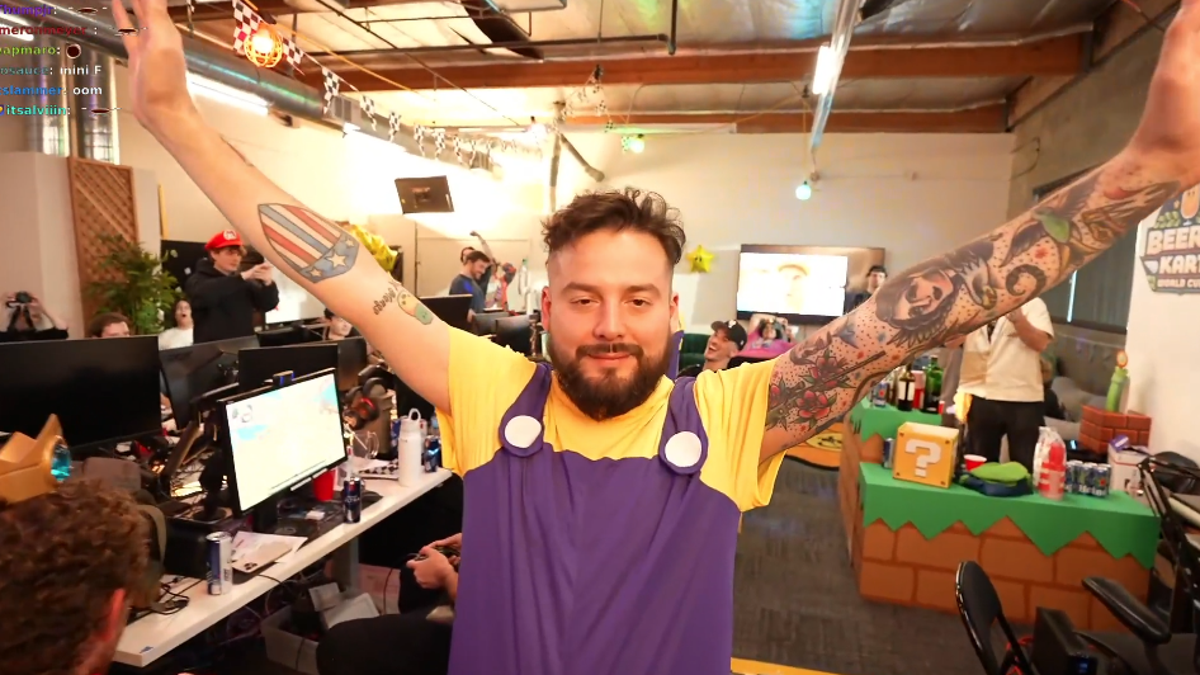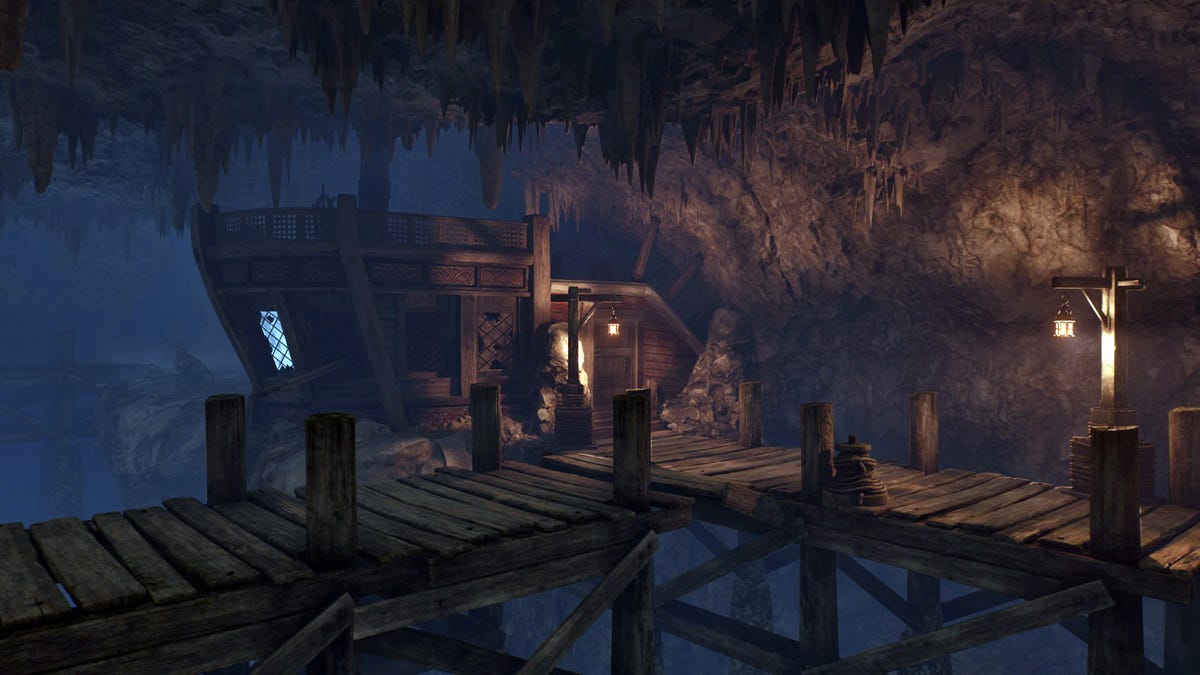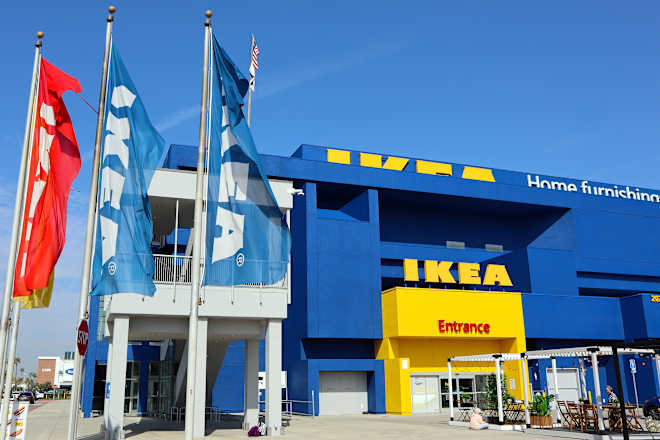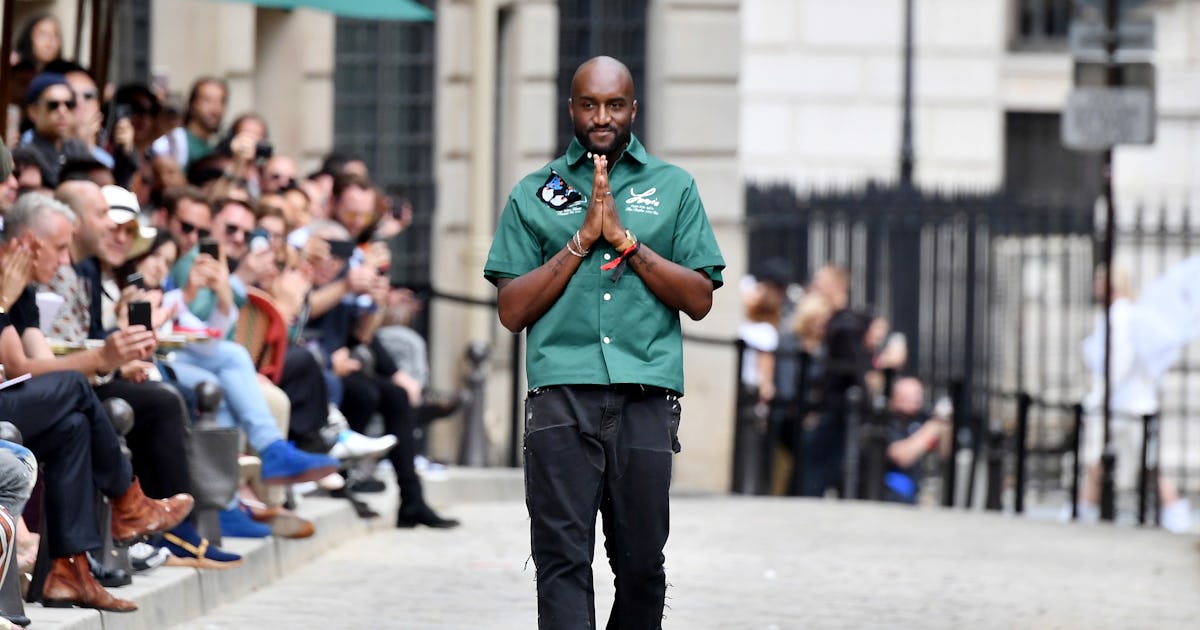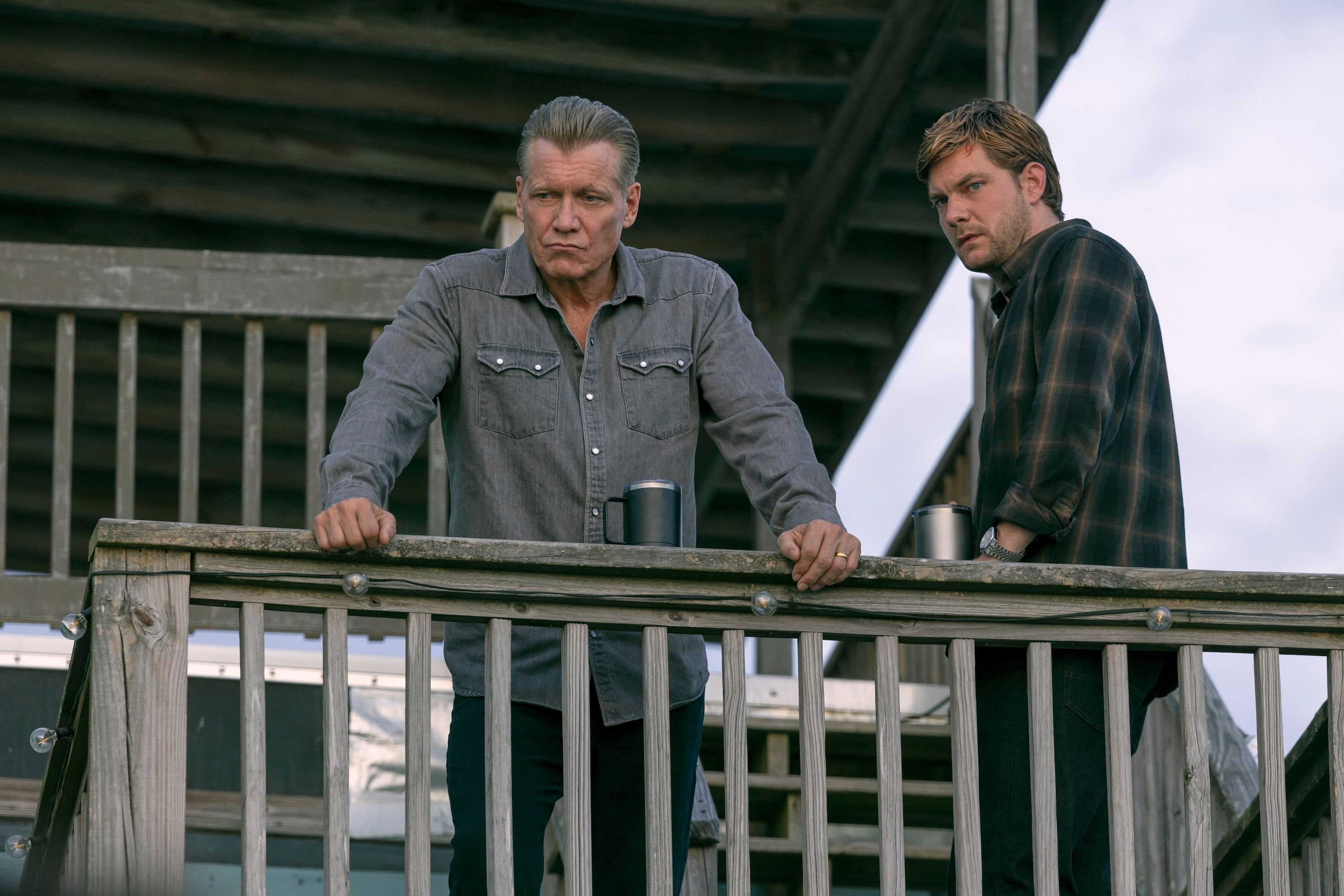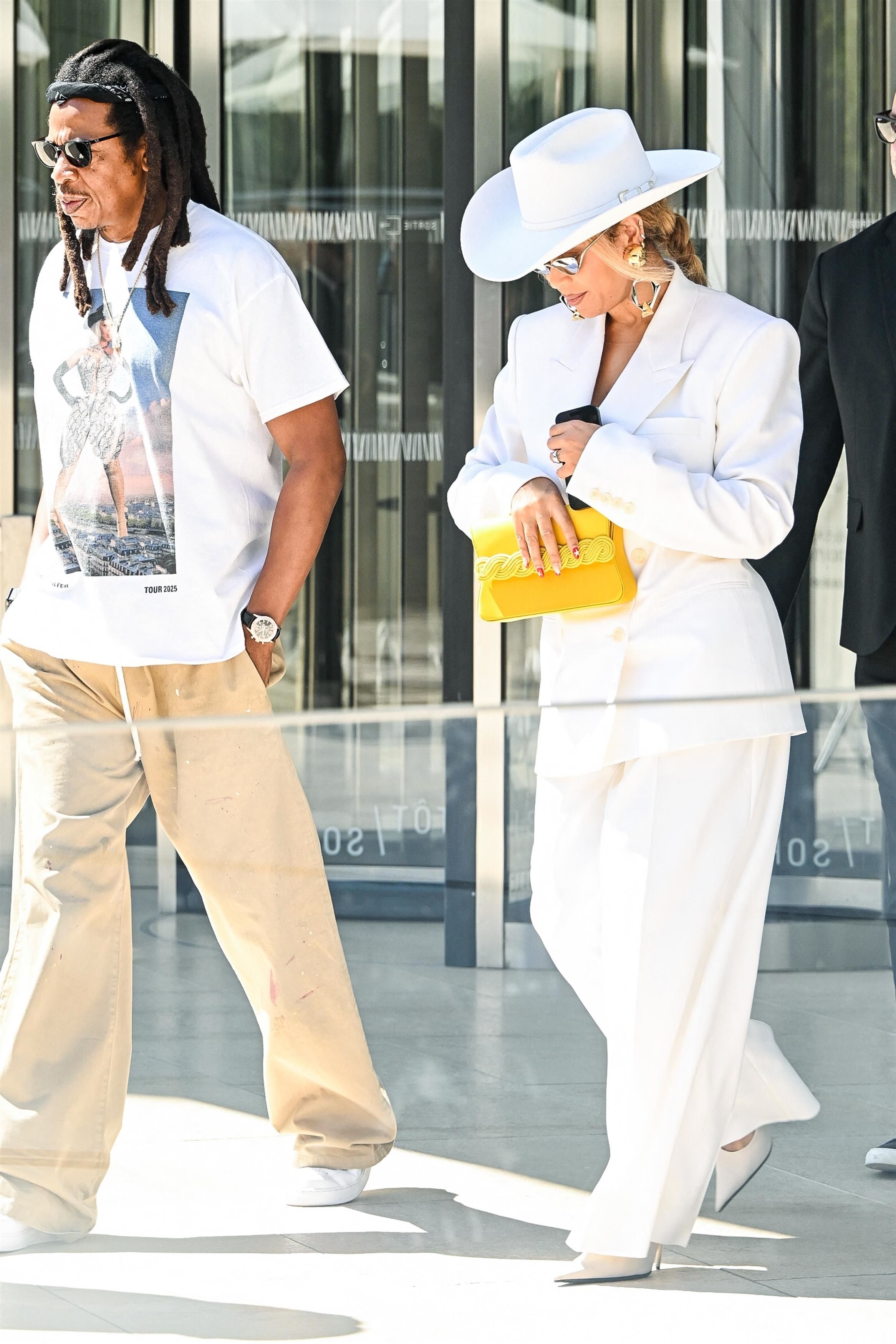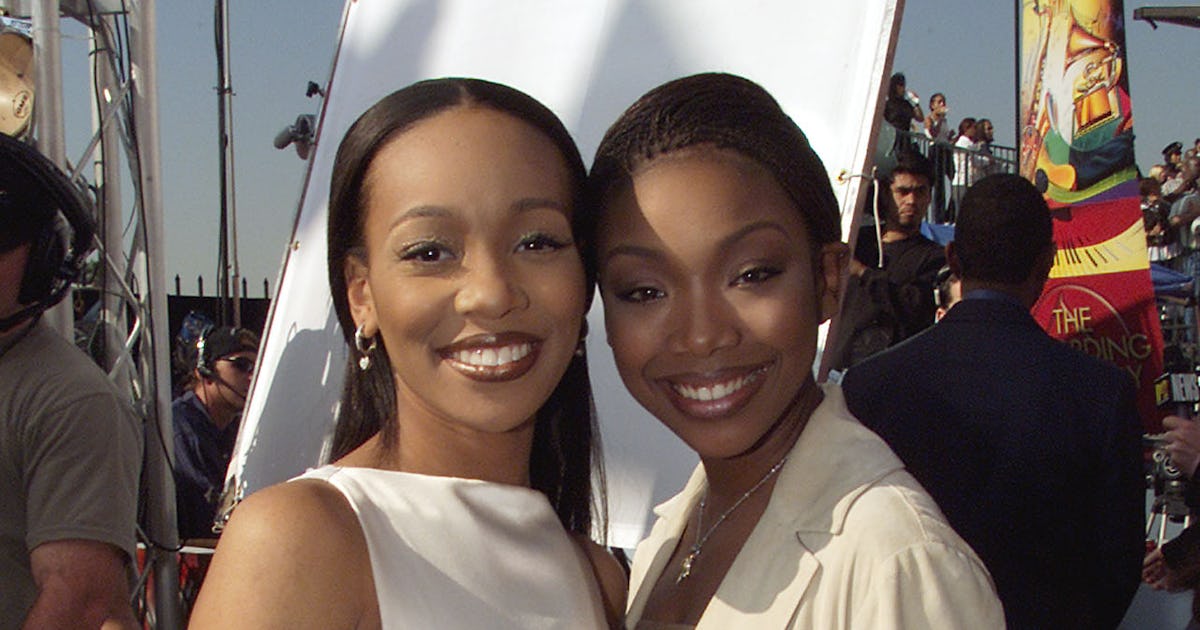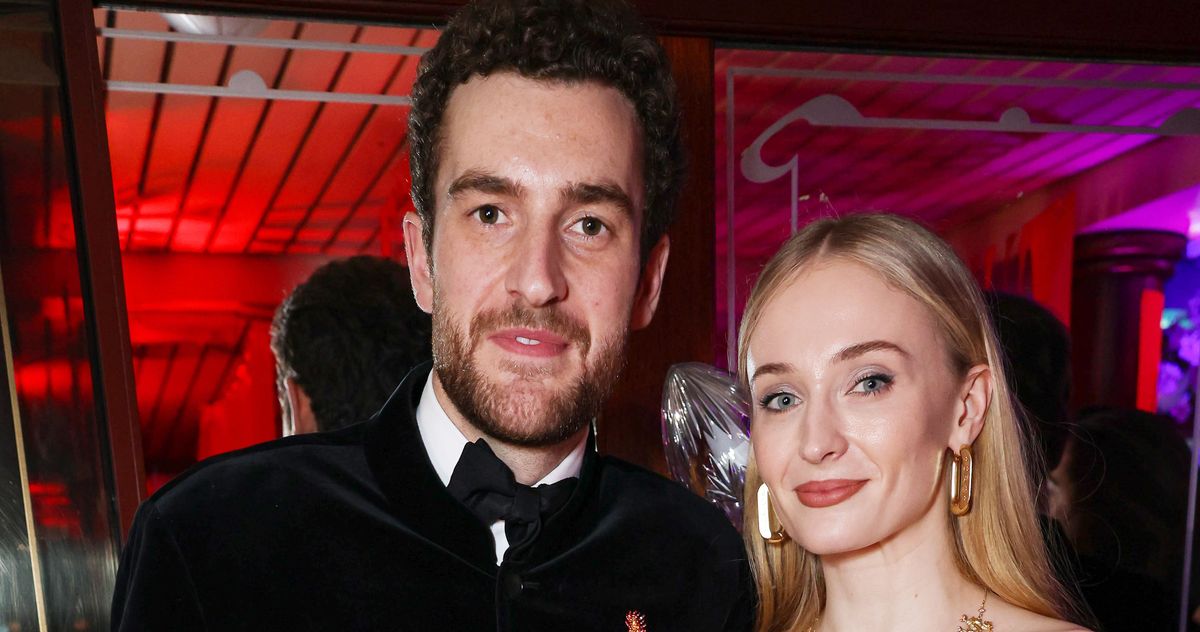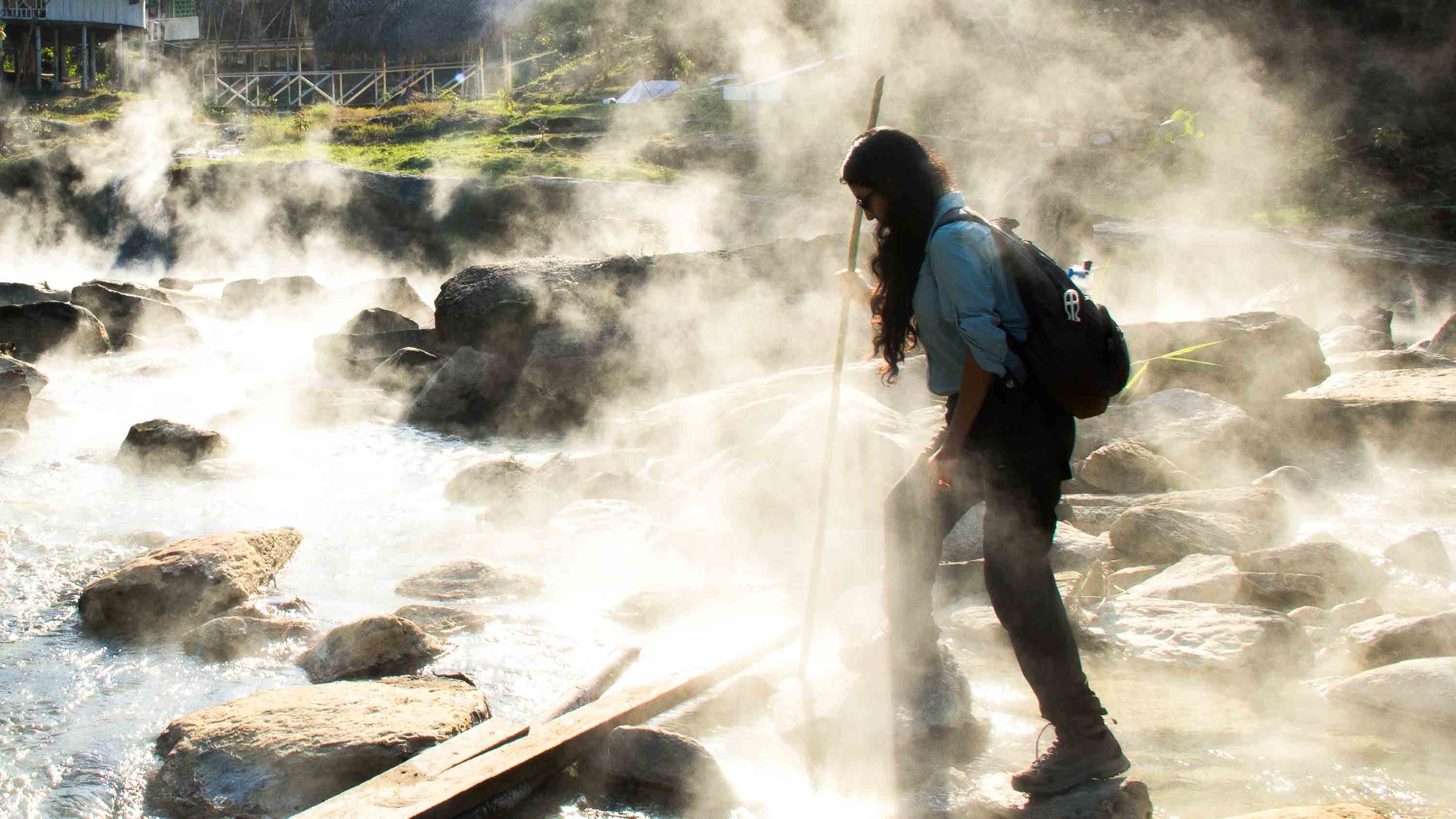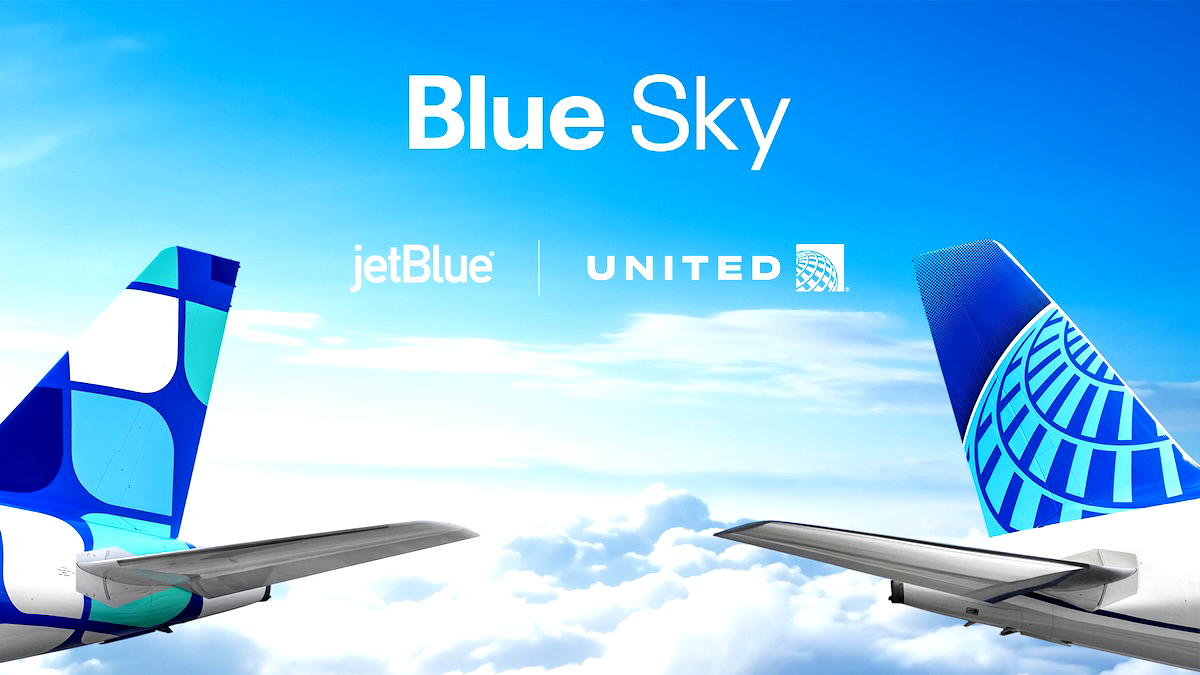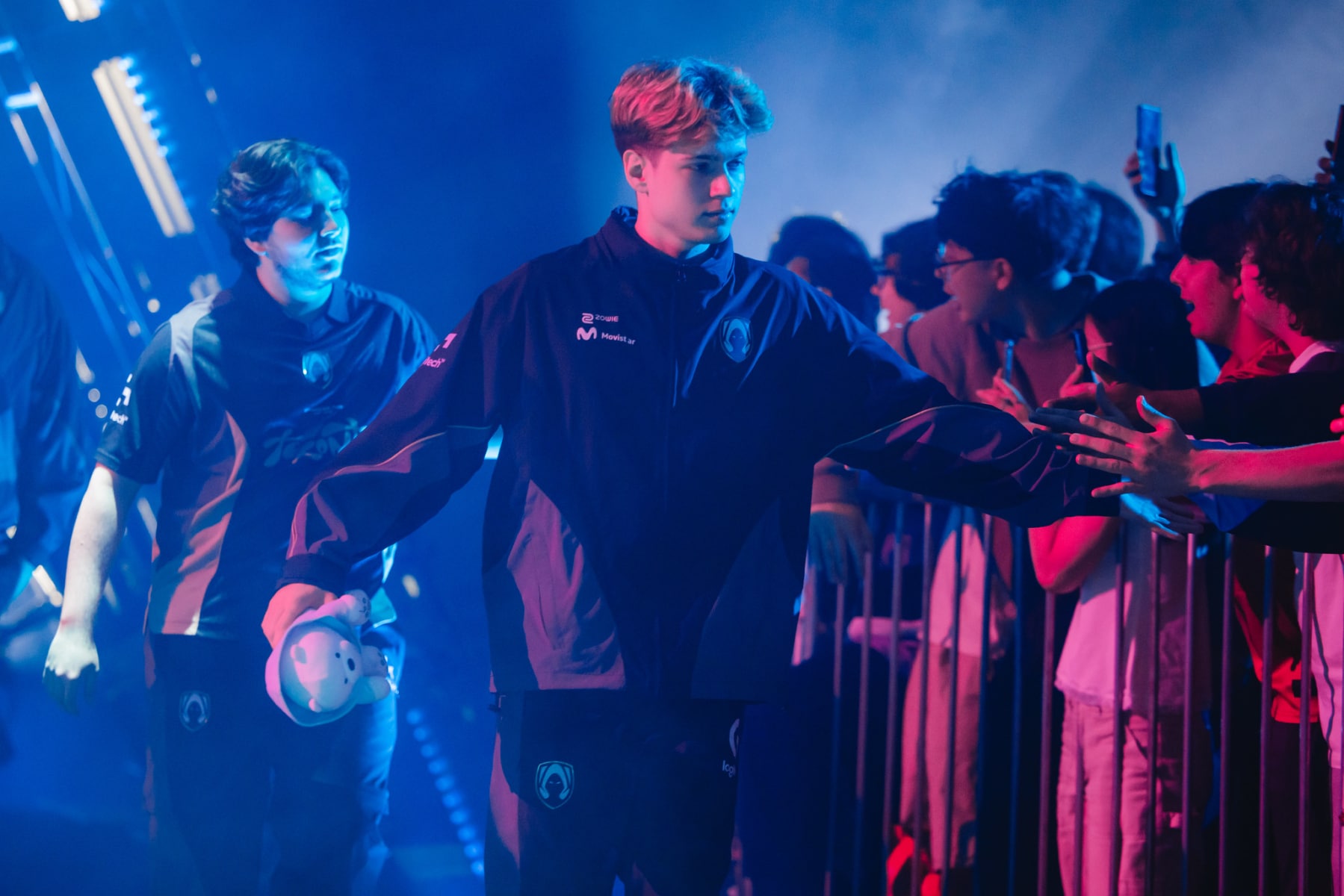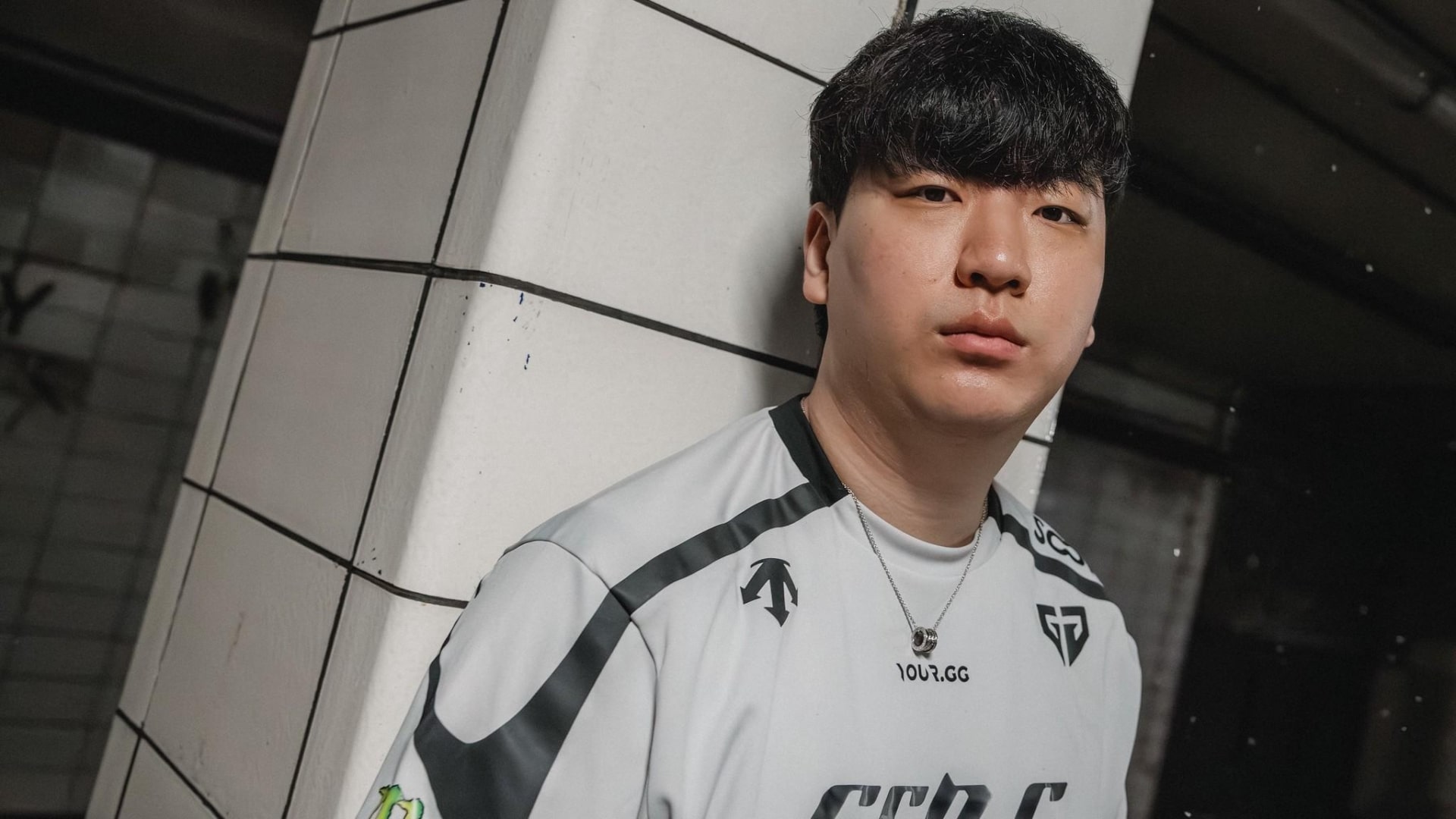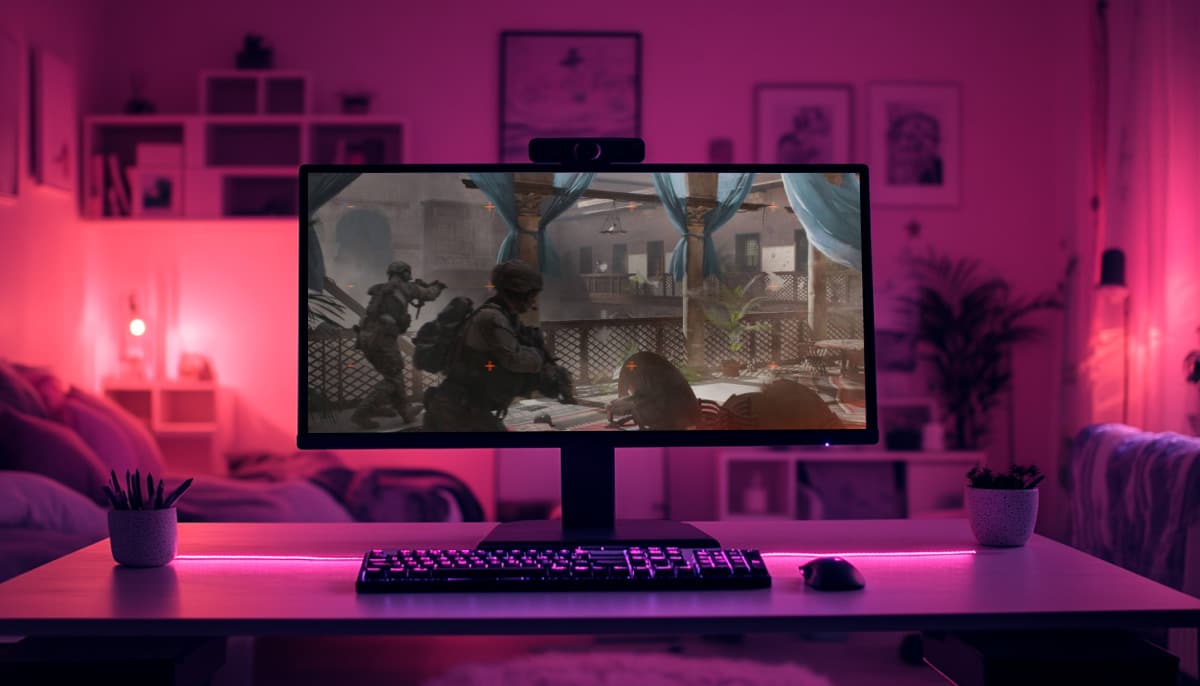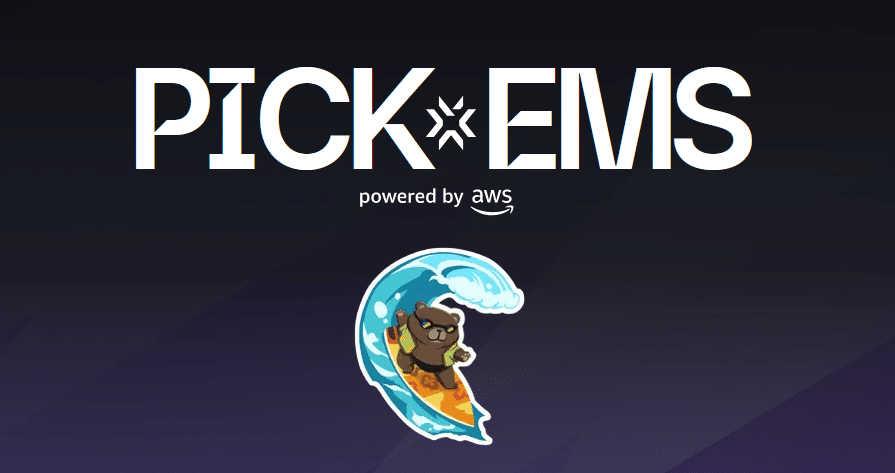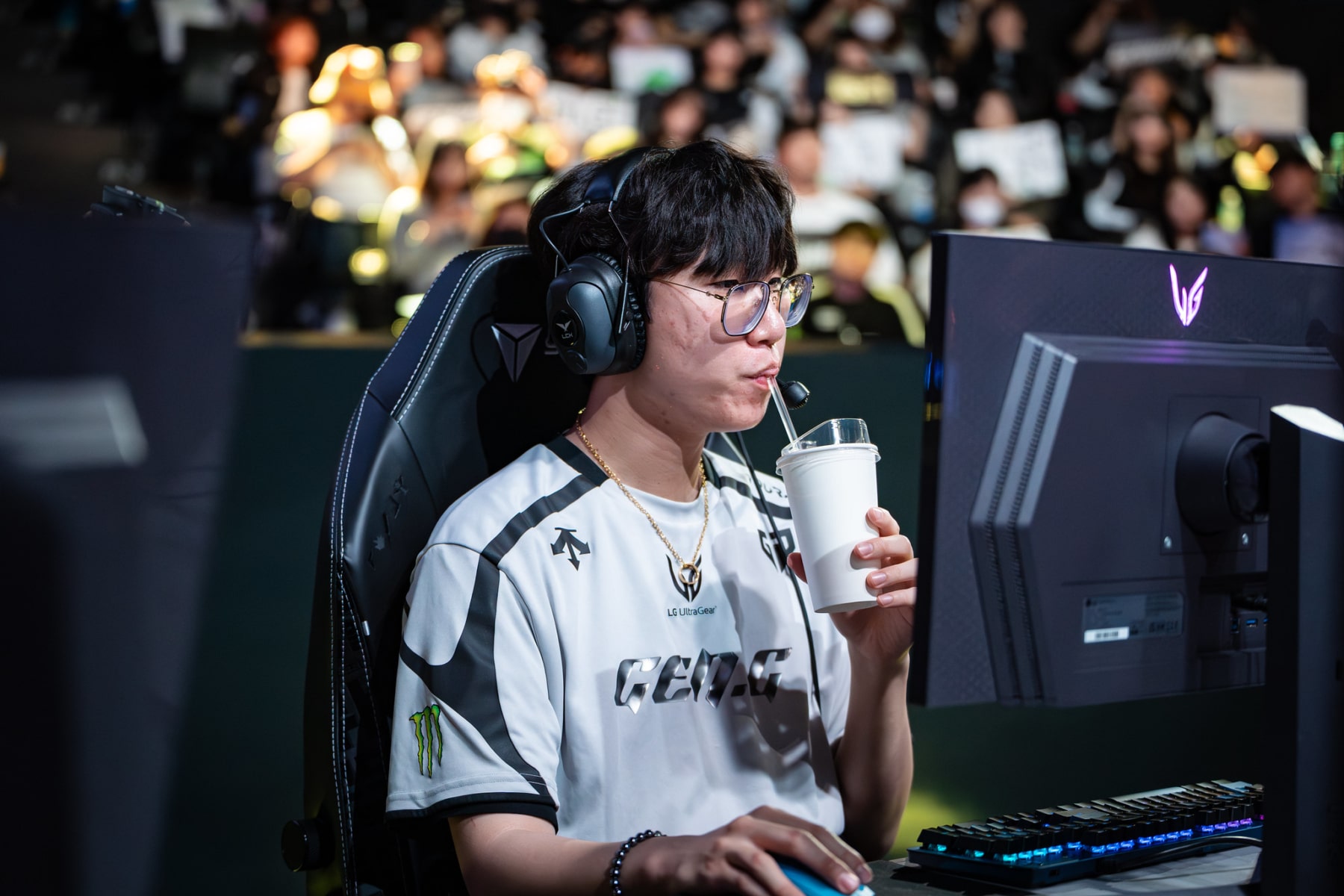World of Warcraft Esports 101: How the competitive scene works
TL;DR Blizzard has been holding formal WoW tournaments since 2007. The WoW esports scene is centred around three pillars: Race to World First, the Arena World Championship, and the Mythic Dungeon International. Race to World First is WoW’s most prestigious esports event, but it isn’t a formal tournament; but a community-driven race with no prize … Continued The post World of Warcraft Esports 101: How the competitive scene works appeared first on Esports Insider.
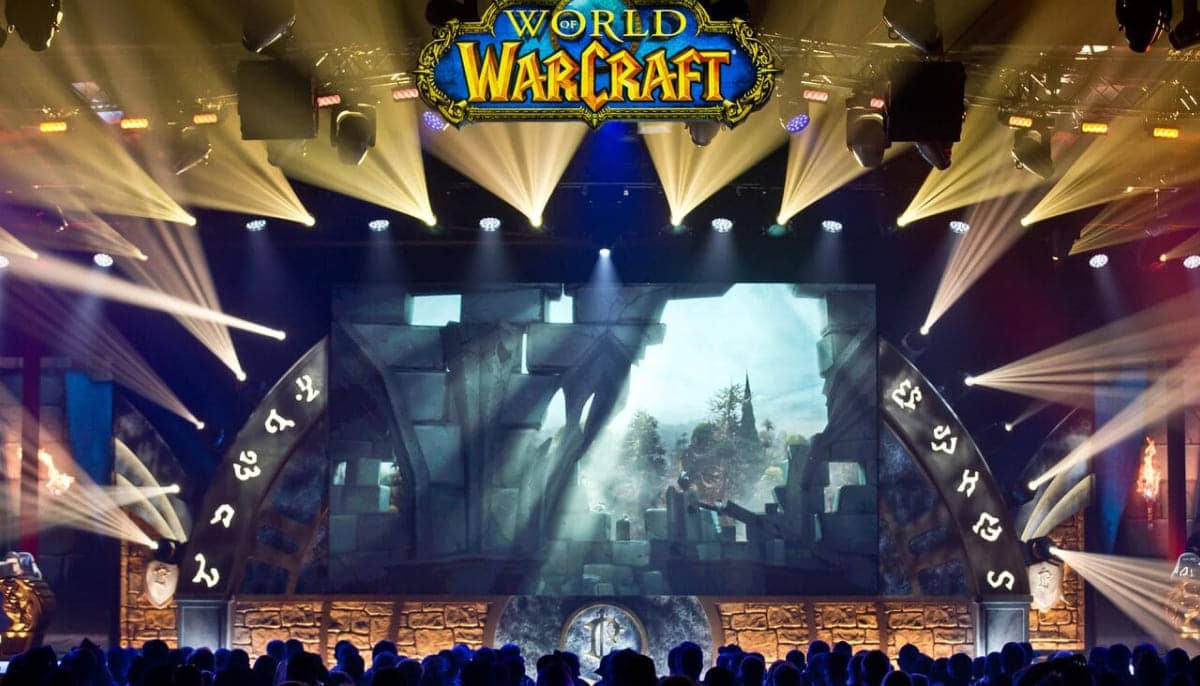

TL;DR
- Blizzard has been holding formal WoW tournaments since 2007.
- The WoW esports scene is centred around three pillars: Race to World First, the Arena World Championship, and the Mythic Dungeon International.
- Race to World First is WoW’s most prestigious esports event, but it isn’t a formal tournament; but a community-driven race with no prize pool.
- The Arena World Championship includes multiple open online Cups across North America and Europe.
- The Mythic Dungeon International (MDI) features five-player challenges where teams tackle dungeons that scale to higher difficulties within a specific time.
World of Warcraft may be a two-decades-old MMORPG, but it boasts a surprisingly active esports ecosystem unlike any other game in the genre. For many gamers, the thought of WoW esports may seem unexpected, given its rich questing and PvE-focused gameplay, yet Blizzard has been holding formal tournaments since 2007.
The WoW esports scene is centred around three pillars: Race to World First, the Arena World Championship, and the Mythic Dungeon International, showcasing the best players in PvE and PvP events. Find out how World of Warcraft is the only MMORPG with a successful esports scene.
Race to World First (RWF)
World of Warcraft’s most prestigious esports event isn’t a formal tournament at all, but a community-driven race with no prize pool. The Race to World First (RWF) began organically in WoW’s early days: when a new raid (a large endgame dungeon with multiple powerful bosses) was released, top guilds would compete behind the scenes to be the first in the world to defeat all its bosses.
For years, this was an underground bragging-rights contest among elite guilds. During this time, uploading their runs was unheard of and disadvantageous, as other guilds could copy their strats. The only way people were updated on the progress was through refreshing old forums, hoping that any of the top guilds at the time, such as Nihilum, Ensidia, Blood Legion, Exorsus, and Paragon, would post evidence of their kills.
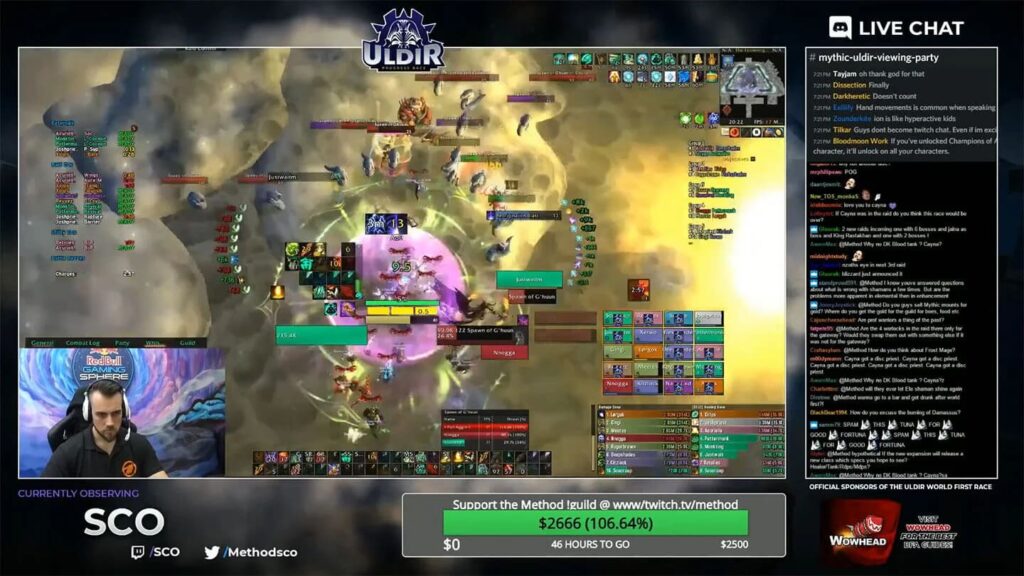
The spectacle of world-first kills gained public interest, but it wasn’t until Method, the guild that achieved the most world firsts at the time, partnered with Redbull to host the first ever Race to World First. The live broadcast took place in 2018, complete with different player perspectives and a full production crew. The event saw 16+ hours of daily progression through Battle For Azeroth’s first raid, peaking at 263,000 viewers throughout the event.
In the end, Method was able to clear Mythic G’huun after 285 pulls and eight days. Finally, guilds and interested players could closely follow the tremendous skill and effort it takes to be a world’s first raider.
Today, the race to the world first is a full-fledged spectator event, acknowledged but not officially supported by Blizzard. Game director Ion Hazzikostas said RWF shouldn’t be labelled as an esport, as it is an “organic community event [that] isn’t structured to be a perfect equal race in all regards.” Hazzikostas would go on to mention the reasons why RWF isn’t structured and fair, like timezone differences, delayed patches, server economies, and lack of clear rules. Although he made it clear that the team thinks RWF is one of the greatest community events of all time, officially supporting it as a traditional esports event is tricky.
The Race to World First event is largely centred around two rival guilds: Echo (EU) and Liquid (NA), with Method following from behind, then a large gap between them to the other competing guilds. These organisations have the resources to bring world-class raiders in a centralised location, supplementing them with a dedicated support staff and production crew to keep them competitive during the marathon.
Additionally, these races don’t take place in a dedicated server, so teams also have to go through the logistics of keeping their toons competitive, which includes spending billions of gold, non-stop raiding, and dungeon runs, repeating this for multiple characters in case they need to make swaps. Viewers and supporters often join in-game to help, volunteering to help funnel gear to them in split raids.
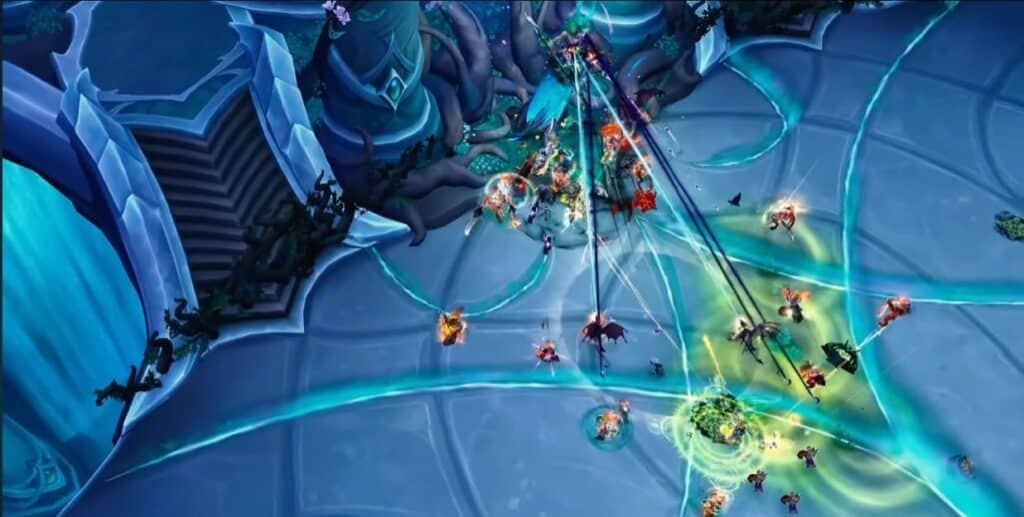
While inaccessible for most competitors, watching the best teams sync up, playing to perfection, and showing their creative strats is a one-of-a-kind spectator experience. In the RWF event for the Amirdrassil raid, Echo and Liquid underwent one of the closest races yet, with their best pulls taking the Mythic Fyrakk as low as 1.79% and 1.72% respectively. Liquid’s two tanks hold the line against Anduin Wyrnn in the Sepulcher of the First Ones raid, with both of them clutching out the final 6% of his health.
Method’s Treckie pops his immunity at the last second, buying a few more precious seconds to finish off Garrosh in the Siege of Orgrimmar raid. Guilds come up with innovative strategies that can even beat bosses that were thought to be “mathematically impossible.”
All of this: the sleepless nights and 16-hour races, the logistical nightmare of gearing, the spreadsheets, theorycrafting, tweaking add-ons, isn’t for prize money or a trophy. It’s for the glory of slaying the final boss in its most unforgiving form. It’s a brutal grind for nothing more than the right to say that we did it first, and you were here when it happened.
Arena World Championship (AWC)
In the early days, World of Warcraft’s rudimentary PvP put a mean pastime at the expense of someone else’s enjoyment, but it wasn’t until Patch 1.4 (The Call to War) on April 19, 2005, when Blizzard introduced the Honor System, that PvP gained a real incentive. This system allowed players to earn honour for kills, receive ranks weekly, and unlock gear, laying the groundwork for true PvP.
A few months later, Patch 1.5 added Battlegrounds like Warsong Gulch and Alterac Valley, hosting large-scale battles from 10 to 40 players, giving players structured team-based combat and earnable PvP rewards. The real game-changer came in December 2006 with Patch 2.0.1, which introduced Arena mode, matchmaking (MMR), ranked seasons, and team registration, with three vs. three becoming the competitive standard to this day.
This evolution culminated at BlizzCon 2007, where Blizzard officially embraced PvP esports with the first 5v5 Arena Tournament on the main stage in Anaheim, featuring eight elite teams battling for a $40,000 prize pool and marking WoW’s true debut on the esports scene. Mob Gaming won the event with a clean 3-0 over their opponents, Nashwan. Since then, Blizzard has evolved the format from invitationals into a structured global league synchronised with each expansion’s PvP seasons.
In the modern era, the AWC features multiple open online Cups across North America and Europe. Any registered three-player team can compete for Cup prize pools and earn leaderboard points. These standings determine progression to Season Finals: the top three teams auto-qualify, while those placed 4th–8th must fight through a Gauntlet bracket for the final spot.
The championship concludes in a live-streamed Season Finals, where finalists clash in a double-elimination format broadcast on Blizzard’s official channels. Matches are best-of-five (best-of-seven for finals). Prize pools have swelled in Dragonflight, including $200,000 dedicated to Grand Finals and $10,000 for cups. All matches take place on the special Arena Tournament Realm, where players can customise their characters without worrying about gear and luck.
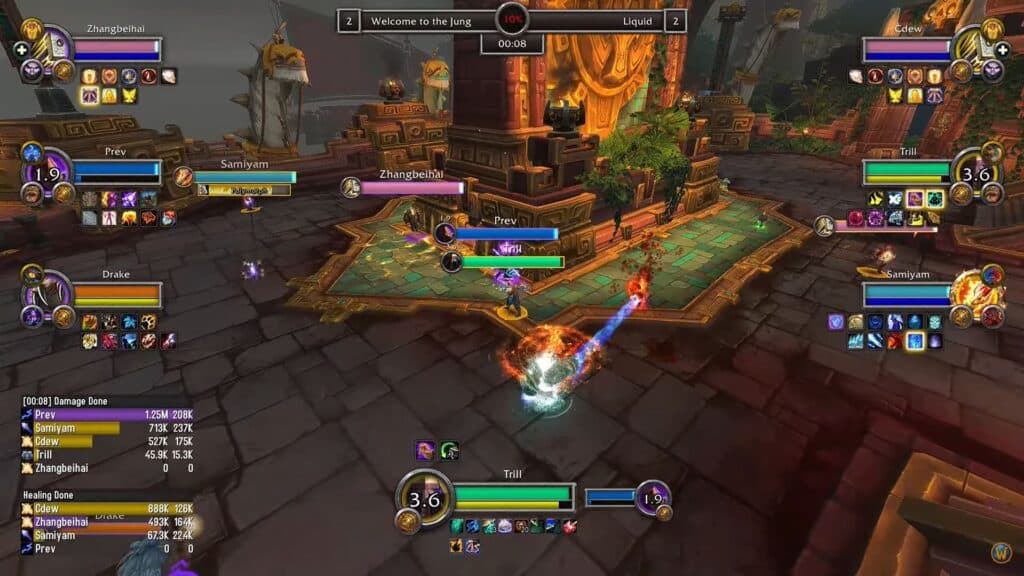
World of Warcraft’s PvP legacy is defined by legendary figures like Reckful, whose unmatched Rogue play laid the foundation for modern WoW PvP. The famed Three Amigos trio, Venruki, Snutz, and Cdews, have become staples in the scene. Among them, Snutz stands out with multiple global championship appearances and over $210,000 in earnings. Stars like Pikaboo and Swifty bring more attention to the PvP scene, drawing more potential viewers for the AWC.
Although the viewership remains smaller than mainstream esports, the AWC draws a dedicated, global fanbase fascinated by World of Warcraft’s high skill cap PvP. With nearly two decades of evolution, Blizzard backing, and consistent prize support, it continues to be the premier proving ground for players seeking the honour of becoming WoW’s Arena World Champions.
Mythic Dungeon International (MDI)
The last pillar of World of Warcraft esports is the Mythic Dungeon International (MDI). Introduced in Legion, Mythic+ dungeons are five-player challenges where teams tackle dungeons that scale to higher difficulties via keystones with various affixes (modifiers that add hazards) within a specific time.
This mode naturally encourages speed running and efficiency, and in 2017, Blizzard seized on that opportunity with the first Mythic Dungeon Invitational, which was rebranded to Mythic Dungeon International in 2019. The worldwide PvE tournament saw two teams of five players race through the same dungeon head-to-head, attempting to finish first with as few mistakes as possible. If you’ve ever watched two speedrunners race in Games Done Quick, imagine that’s MDI in a nutshell.
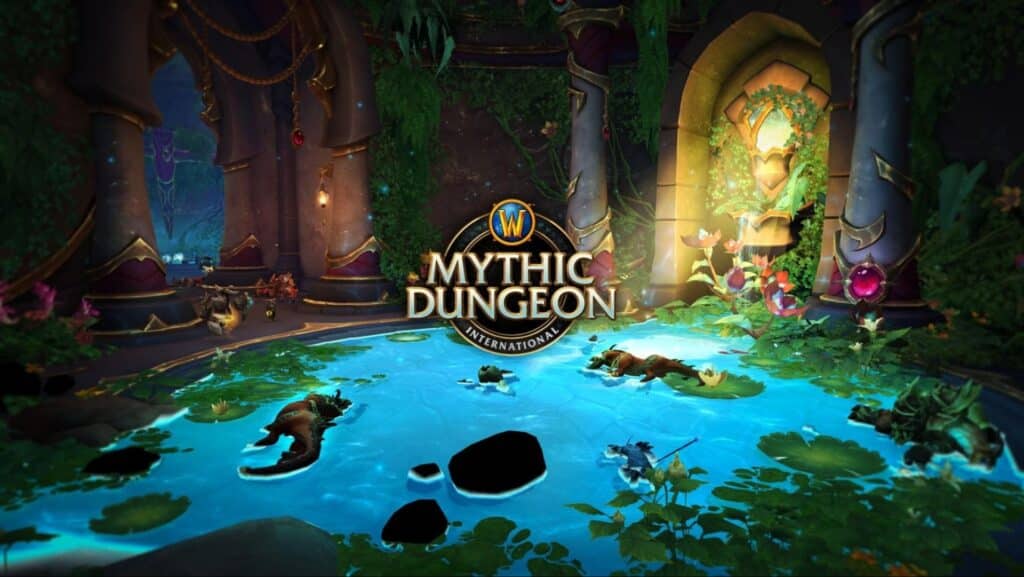
The MDI format typically begins with open Time Trials, where any team can attempt a set of challenge dungeons online. The top teams from Time Trials advance to MDI groups. From there, the top competitors battle it out in the Global Finals for the main tournament. Blizzard backs the MDI with substantial prizing and broadcasts; in recent years, each MDI Global Final has offered around $300,000 in prizes every season.
MDI is fun to spectate since teams attempt the riskiest pulls to cut down their time. Team Mandatory broke the record for the fastest run in MDI history, clearing Necrotic Wake in 7:40 minutes. Their run included anxiety-inducing pulls like grouping up the whole first room along with the boss, stacking many dangerous mobs to the second boss, expertly interrupting every cast while using line of sight to dodge one-shots, and using a Priest’s mind control to manipulate a difficult mob. Wunderbar, the winners of the recent MDI, used an item to give them enough movement to skip platforms in Theater of Pain.
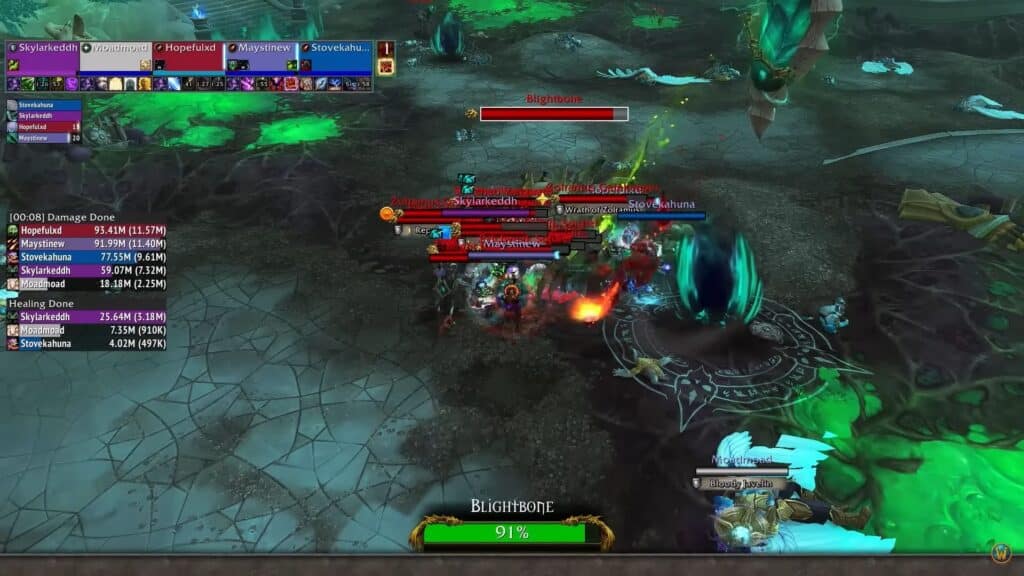
However, starting from the Mythic Dungeon Invitational for The War Within Season 2 has fully adopted the Great Push format, so expect fewer gigantic pulls. The sister format is all about clearing the highest Keystone levels over traditional speedrun races. The change also introduced giving players access to gear with the avoidance secondary stun, making record-breaking pushes more attainable.
Additionally, a notable “spec variety” rule prevents teams from relying on the same compositions, banning a team’s most-used specs. It’s a controversial change that removed the speedrun spectacle of MDI into a slower dungeon crawl that resembles normal gameplay.
Conclusion
World of Warcraft’s esports scene bridges the gap between PvP and PvE, forging a unique identity in a space dominated by FPS and MOBA games. From the grassroots grind of Race to World First and competitive Arena matches, to the creative strategies of Mythic Dungeon International, WoW proves that high-level MMO play can captivate esports audiences.
Where other MMORPGs gave up at the first sign of trouble, Blizzard’s enduring support, significant prize pools, and global viewership make it a trailblazer and the sole case study of how to run one of the longest-running esports. World of Warcraft doesn’t need to do all of this; it’s perfectly fine without this scene, but it recognises that the best players and guilds have something to prove, and Blizzard provides the official platform to do so.
FAQs
While WoW’s esports don’t rival giants like League of Legends, Counter-Strike, or Dota 2, major events like Race to World First can peak at 388k+ concurrent viewers.
Aside from the renowned Rogue Reckful placing third in the 2013 Innkeeper’s Invitation for Hearthstone, World of Warcraft pros don’t usually compete in other games because of how much of a time investment the game can be.
The Race to World First is WoW’s biggest spectacle, peaking at 388k+ concurrent viewers during the Amirdrassil, The Dreams Hope raid for Dragonflight.
Several legends stand out. For raiding, Echo and Liquid are the current kings, with Trill often coming up in the conversation. For PvP, Reckful is an arena legend and the first player to reach 3000 rating with a 117-win and 4-loss record. For Mythic+, Echo was undisputed for a long time, with Naowh, Gingi, and Merees frequently praised.
References
- https://www.method.gg/casestudy/race-to-world-first-uldir (Method)
- https://www.youtube.com/watch?v=5X48WSPCi2I (YouTube)
- https://www.wowhead.com/news/world-first-mythic-fyrakk-the-blazing-kill-by-echo-in-amirdrassil-336354 (Wowhead)
- https://youtu.be/6ZRMSS6SF3w (YouTube)
- https://www.youtube.com/watch?v=1jQYObKTIG8& (YouTube)
- https://www.youtube.com/watch?v=7mhbChPoaUA (YouTube)
- https://youtu.be/I1cB4gFulJE (YouTube)
- https://www.youtube.com/watch?v=hajkcTlCMdU (YouTube)
- https://youtu.be/ISgc6iLlBFo (YouTube)
- https://escharts.com/tournaments/wow/race-world-first-amirdrassil-dreams-hope (EsCharts)
- https://hearthstone.fandom.com/wiki/Innkeeper’s_Invitational (Hearthstone.Fandom)
The post World of Warcraft Esports 101: How the competitive scene works appeared first on Esports Insider.



























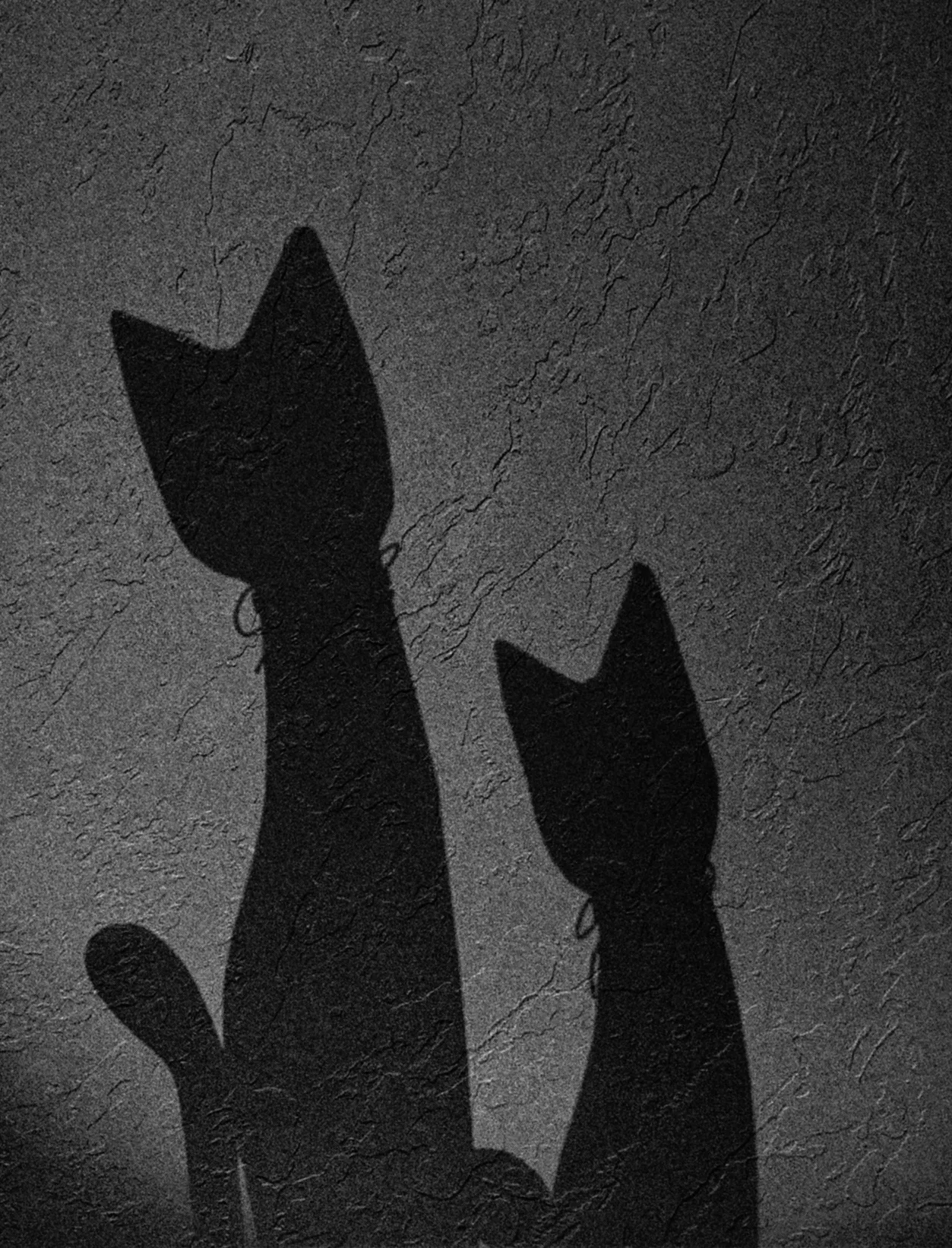



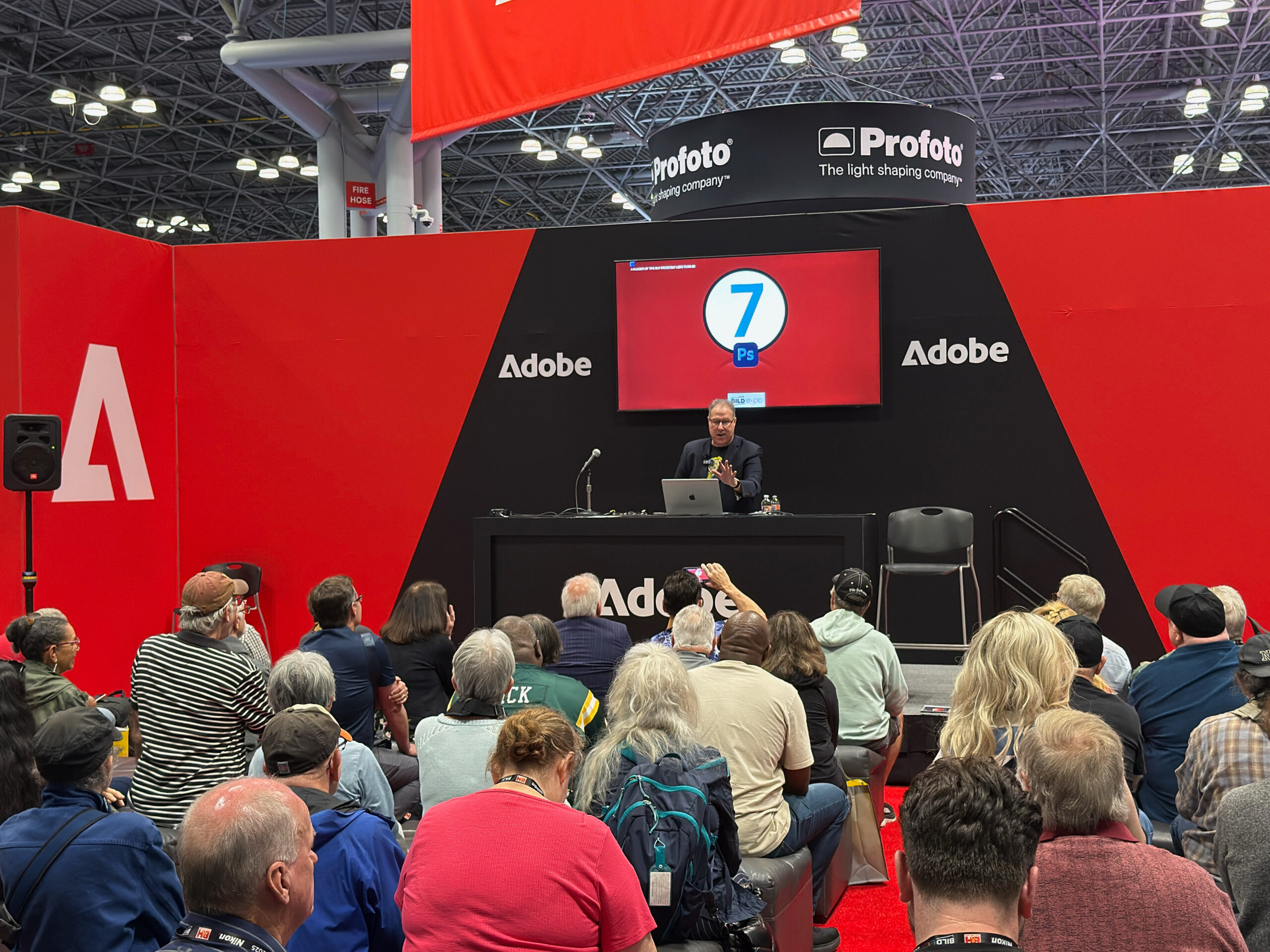





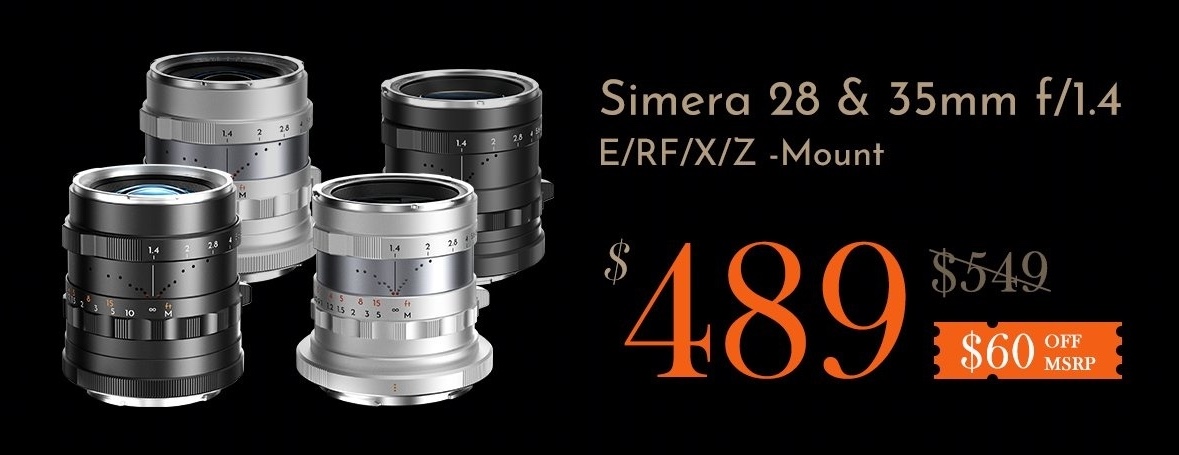
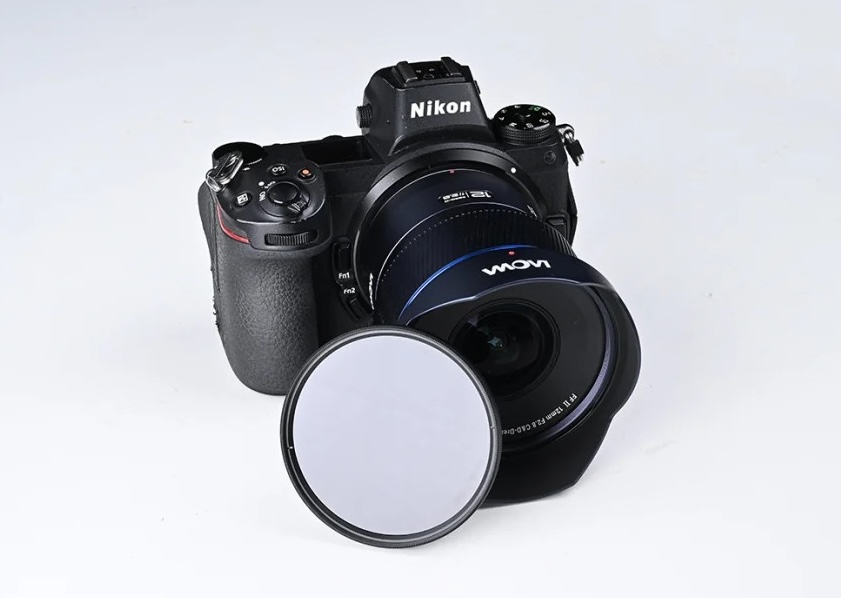
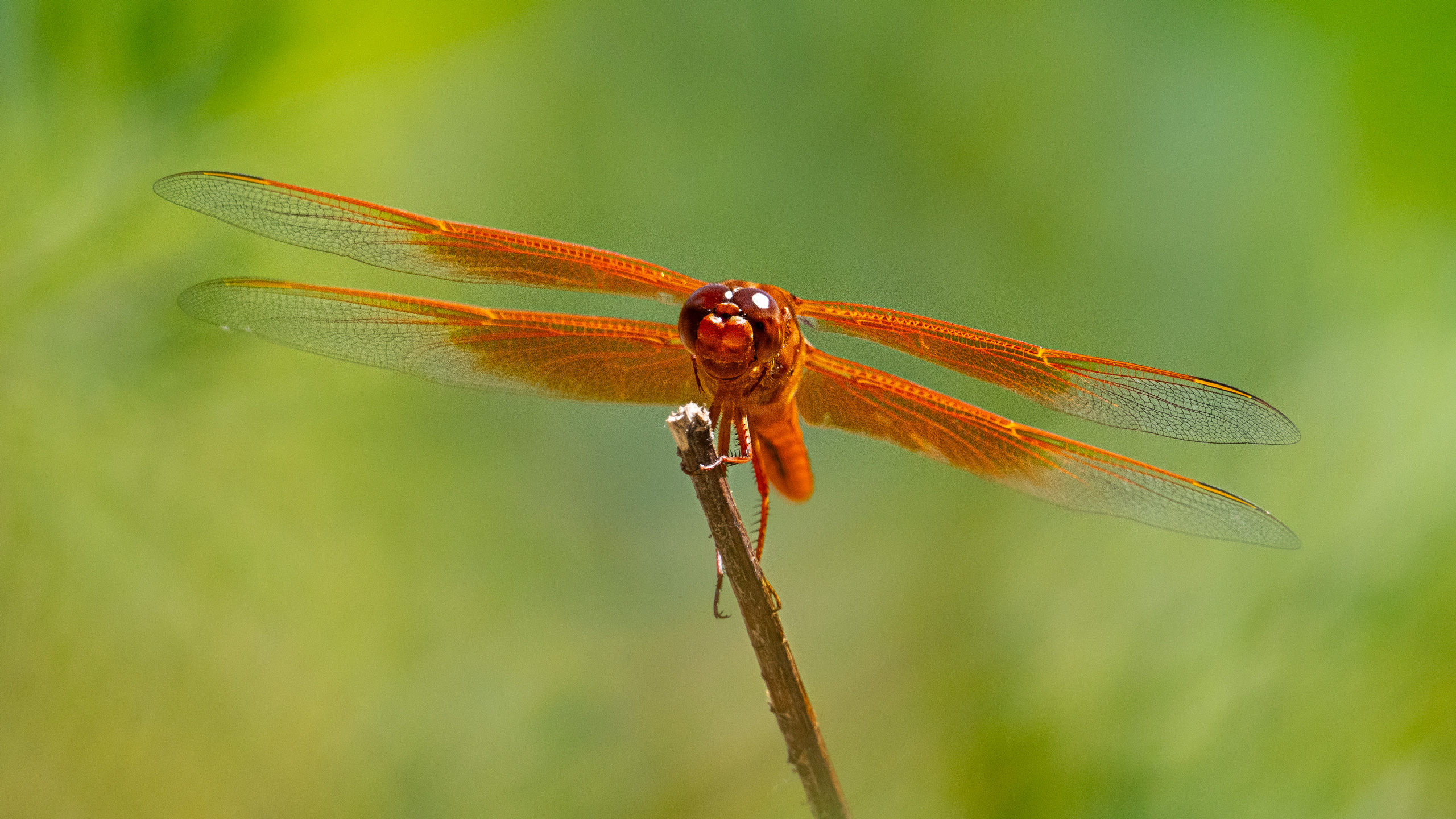


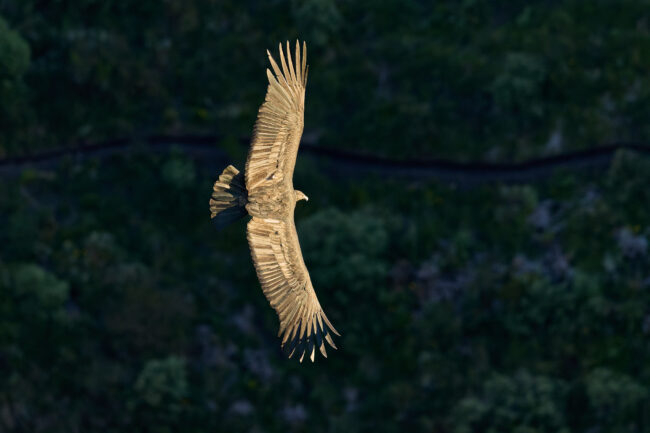


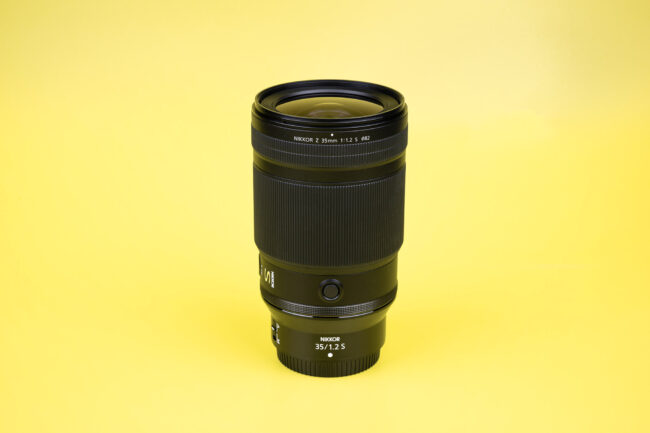











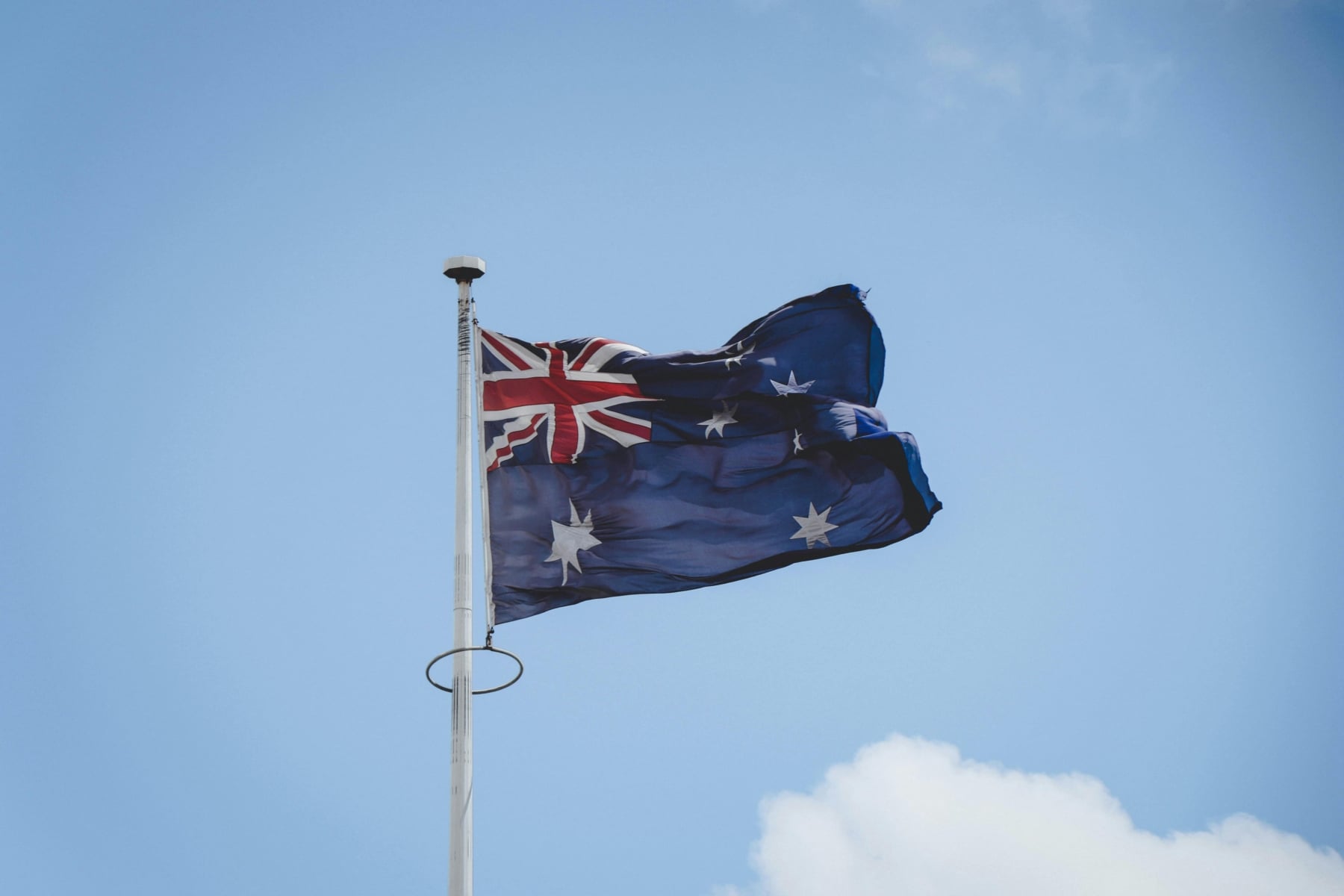
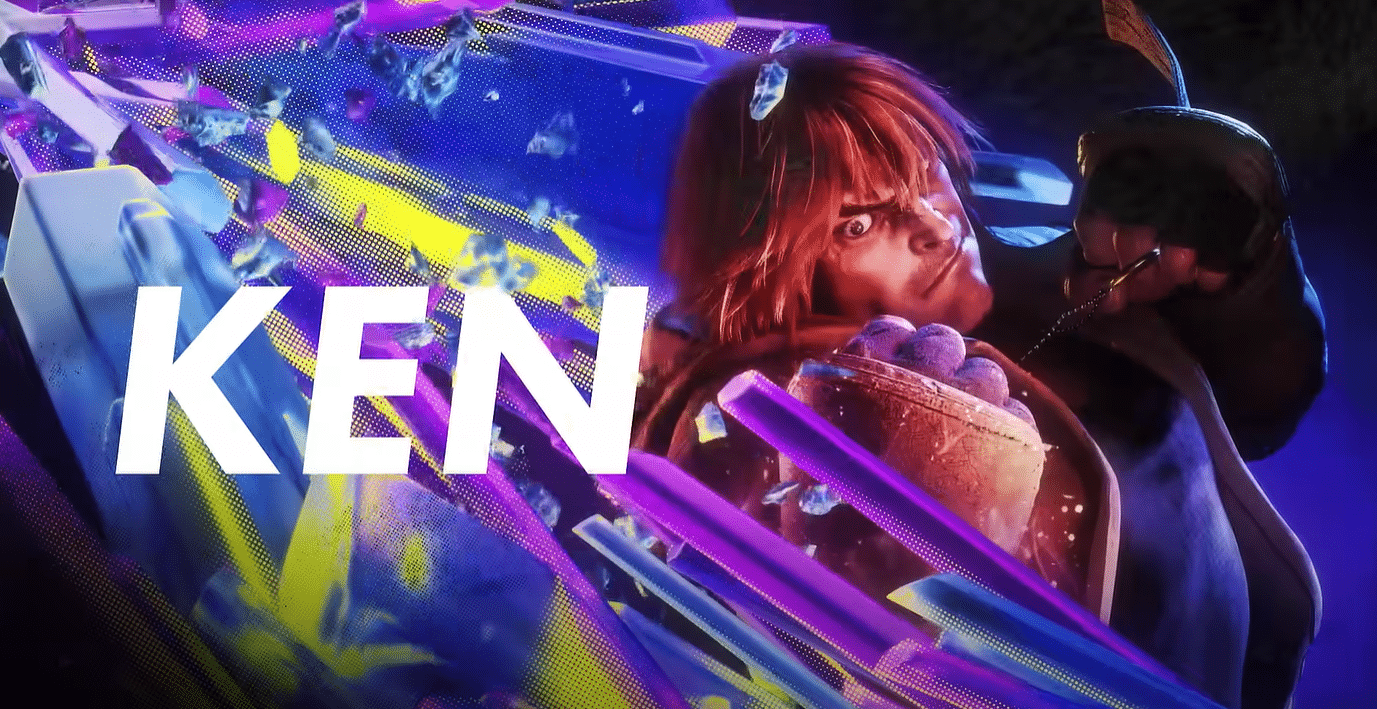



.png?width=1920&height=1920&fit=bounds&quality=70&format=jpg&auto=webp#)










